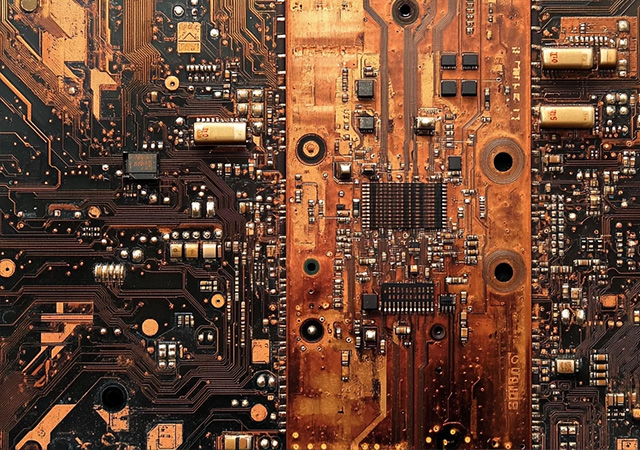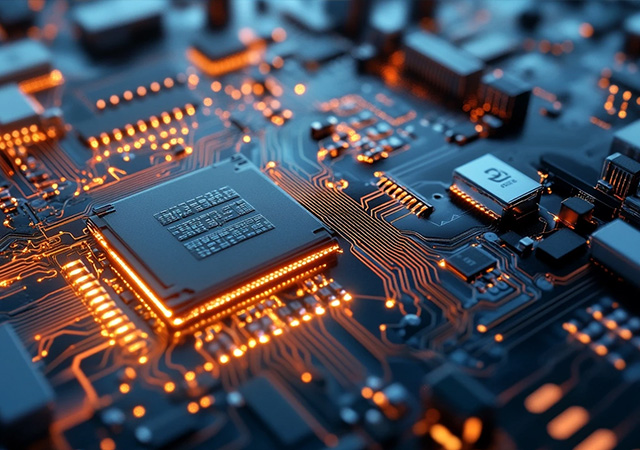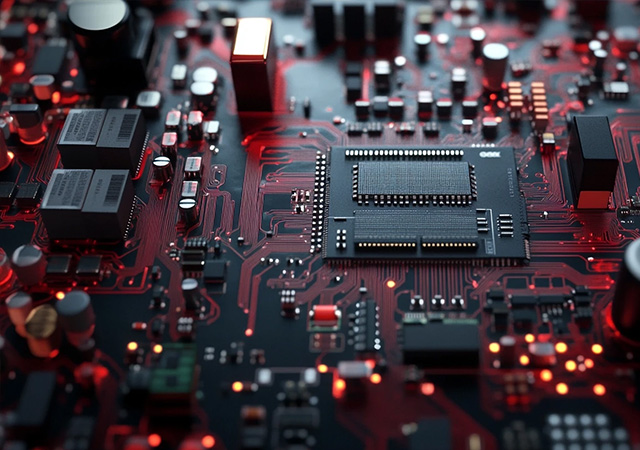-
- PCB TYPE
- PRINTED CIRCUIT BOARD PROTOTYPE ALUMINUM PRINTED CIRCUIT BOARD R&F PCB FPC HIGH FREQUENCY PCB HIGH-TG PCB HEAVY COPPER PCB HDI PCB PCB FOR LIGHTING METAL CORE PCB

Low CTE CEM3 Material for High Stability has emerged as a cornerstone in electronics design, where maintaining dimensional integrity under varying temperatures is critical to performance. Unlike standard CEM3, which undergoes noticeable expansion and contraction with thermal changes, low CTE variants are engineered to resist such dimensional shifts, providing a stable platform for components that demand precision alignment. This stability is not merely a matter of durability; it directly impacts the functionality of devices ranging from high-frequency communication systems to precision measurement tools, where even micrometer-level shifts can disrupt signal integrity or measurement accuracy. This article explores how low CTE CEM3 material achieves high stability, its unique mechanisms for resisting thermal stress, applications in precision-critical industries, and advancements that further enhance its performance.

CEM3 PCB has evolved beyond its traditional role as a mid-tier substrate, emerging as a linchpin in sustainable electronics and flexible device design. As the industry grapples with e-waste crises and the demand for adaptable form factors, CEM3’s unique composition—non-woven glass core, woven glass outer layers, and epoxy resin—positions it as a versatile solution that balances performance, cost, and environmental responsibility. Unlike high-cost FR4 or limited-life paper-based substrates, CEM3 offers a compelling blend of mechanical resilience and recyclability, making it a cornerstone of circular economy initiatives. This article explores CEM3 PCB’s role in sustainable manufacturing, its adaptability to flexible electronics, integration with smart production systems, and expanding applications in emerging tech sectors. By examining its eco-friendly attributes and design flexibility, we highlight how CEM3 is redefining the possibilities of mid-range substrates in a rapidly evolving in

High Thermal Conductivity CEM-3 represents a paradigm shift in the design of composite epoxy substrates, prioritizing efficient heat transfer as a core attribute rather than a secondary consideration. Unlike standard CEM-3, which balances cost and basic performance, high thermal conductivity variants are engineered from the ground up to facilitate rapid thermal diffusion, addressing the critical need for heat management in power-dense electronics. This advancement is particularly significant in an era where devices are shrinking while packing more functionality—from compact industrial sensors to next-gen consumer gadgets—creating localized heat buildup that can degrade performance or shorten lifespans. By focusing on the intrinsic mechanisms of thermal conductivity, high thermal conductivity CEM-3 bridges the gap between budget substrates and specialized thermal materials, offering a practical solution for applications where heat dissipation is non-negotiable but premium costs are unju

The High Thermal CEM3 PCB Substrate emerges as a transformative solution in the electronics industry, addressing the growing demand for efficient heat management in devices that operate beyond the capabilities of standard CEM3 but do not require the premium cost of high-end materials like FR4 or metal-core substrates. Unlike traditional CEM3, which struggles with moderate heat loads, high thermal variants are engineered to dissipate thermal energy more effectively through innovative material modifications and structural optimizations. This advancement positions high thermal CEM3 as a versatile choice for applications ranging from industrial sensors to consumer electronics, where reliable performance under sustained heat generation is critical. This article delves into the material engineering behind high thermal CEM3, its performance advantages, manufacturing breakthroughs, and real-world implementations, highlighting how it redefines thermal management in mid-tier electronics.

0.8W/mK Thermal CEM-3 Material represents a significant advancement in the evolution of composite epoxy substrates, bridging the gap between traditional CEM-3’s moderate heat dissipation and high-performance materials like FR4 or metal-core PCBs. With a thermal conductivity of 0.8W/mK—nearly double that of standard CEM-3—this material addresses a critical pain point in electronics design: efficiently managing heat in devices where extreme thermal performance is unnecessary but improved dissipation is essential. Targeting applications such as LED drivers, small motor controllers, and IoT gateways, 0.8W/mK Thermal CEM-3 retains CEM-3’s core advantages—cost-effectiveness, mechanical stability, and ease of manufacturing—while expanding its utility into heat-sensitive environments. This article examines the material science behind its enhanced thermal properties, manufacturing innovations, practical applications, and how it balances performance and affordability to meet the demands of moder

Got project ready to assembly? Contact us: info@apollopcb.com



We're not around but we still want to hear from you! Leave us a note:

Leave Message to APOLLOPCB
